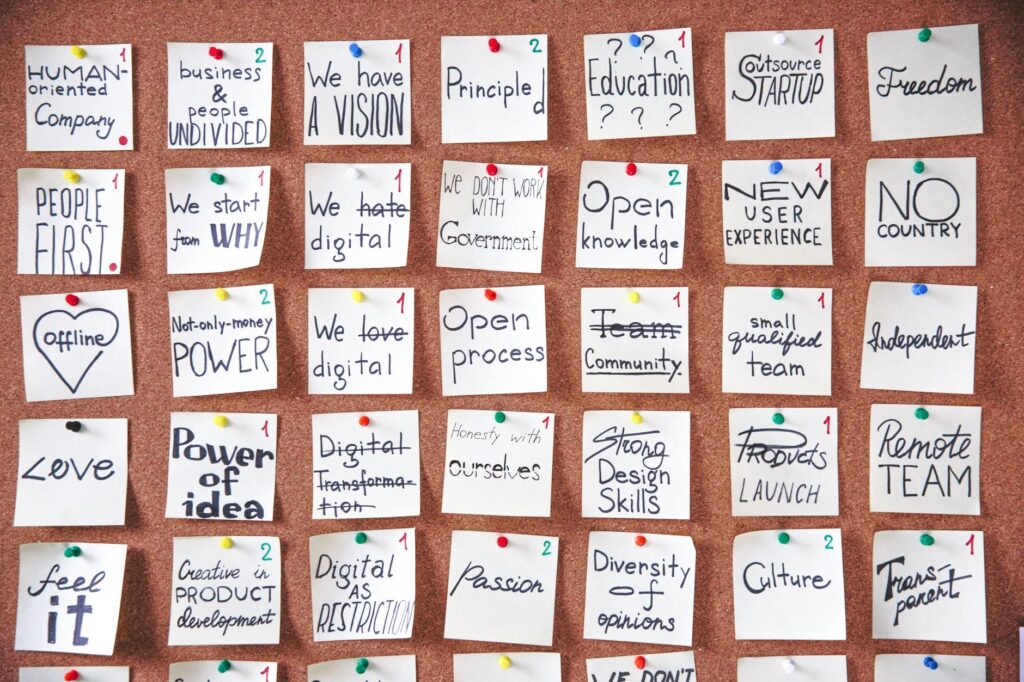What is distraction management tactics?

What is distraction management tactics?
In today’s fast-paced world, distractions are everywhere. Whether it’s your phone pinging with notifications, a loud conversation in the next room, or thoughts about tasks yet to be done, distractions can quickly derail your focus and productivity. Understanding how to effectively manage these distractions can significantly enhance your ability to concentrate and accomplish your goals. This is where distraction management tactics come into play.
Understanding Distractions
Distractions are anything that diverts your attention away from the task at hand. They can stem from internal thoughts or external stimuli and often lead to a decrease in productivity. When distractions interrupt your workflow, they can create a ripple effect, causing delays and affecting overall performance.
Types of Distractions
Distractions can be categorized into several types, each with its unique challenges.
-
Digital Distractions: These include notifications from your phone, social media updates, and emails. The constant influx of information makes it hard to maintain focus.
-
Social Interactions: Conversations or activities with colleagues or family can also pull you away from your work. While socializing is essential, it’s crucial to manage when and how much you engage.
-
Environmental Factors: This encompasses noise, clutter, or even the comfort level of your workspace. A chaotic environment can hinder concentration and lead to frustration.
For a deeper understanding of distractions, you can explore this study on different types of distractions.
The Psychology of Distraction
Distractions often occur due to the brain’s natural desire to seek novelty. When faced with a monotonous task, our mind may wander towards something more stimulating. This behavior can be attributed to our cognitive processes, which prioritize immediate gratification over long-term goals. Understanding this tendency is the first step toward mastering distraction management.
Effective Distraction Management Tactics
Now that we’ve established what distractions are, let’s explore some effective tactics to manage them.
Time Blocking
Time blocking is a powerful technique that involves scheduling specific blocks of time for focused work. By allocating distinct periods for tasks, you can minimize the chance of distractions. For instance, you might set aside two hours in the morning solely for project work, during which you commit to not checking emails or social media.
This method not only improves concentration but also helps you develop a routine. You can learn more about effective time management strategies from ActivTrak’s insights.
Creating a Distraction-Free Environment
Your workspace plays a vital role in your ability to focus. To reduce distractions, consider the following tips:
- Declutter Your Desk: Keep only essential items on your workspace to minimize visual distractions.
- Control Noise Levels: Use noise-canceling headphones or soft background music to drown out distracting sounds.
- Limit Visual Stimuli: Turn off unnecessary screens or notifications that might catch your eye.
These adjustments can help create a more conducive environment for focused work.

Photo by Polina Zimmerman
Utilizing Technology Wisely
While technology can be a source of distraction, it can also aid in managing it. Several apps and tools can help you maintain focus, such as:
- Focus Timers: Applications like Tomato Timer help implement the Pomodoro technique, encouraging productive bursts followed by short breaks.
- Website Blockers: Tools like Freedom or StayFocusd allow you to block distracting websites while you work.
By harnessing technology positively, you can turn distractions into a manageable challenge.
Integrating Distraction Management into Daily Life
To see lasting results from distraction management tactics, consistency is key.
Building Healthy Habits
Establishing habits that promote focus can make a significant difference over time. Start small by:
- Setting daily goals for what you want to accomplish.
- Creating a morning routine that prepares you for the day ahead.
- Gradually reducing your screen time or the number of social interactions during work hours.
These habits will enhance your ability to concentrate and diminish the impact of distractions.
Reviewing and Adjusting Tactics
It’s essential to regularly reflect on your distraction management tactics. What’s working? What isn’t? By taking the time to evaluate your strategies, you can make necessary adjustments. For instance, if you find that a specific app isn’t helping you focus, try another one or revert to a more traditional method like a paper planner.
Regularly reviewing your approach not only helps you stay on track but also keeps your tactics fresh and effective.
Conclusion: Mastering Distraction Management
Mastering distraction management tactics is critical for improving productivity and focus. By understanding the types of distractions, implementing effective strategies, and consistently adjusting your approach, you can create an environment where you thrive.
As you start applying these tactics, you’ll likely notice an increase in your overall productivity. So why not begin today? With commitment and practice, managing distractions can become second nature, allowing you to achieve your goals with greater ease.